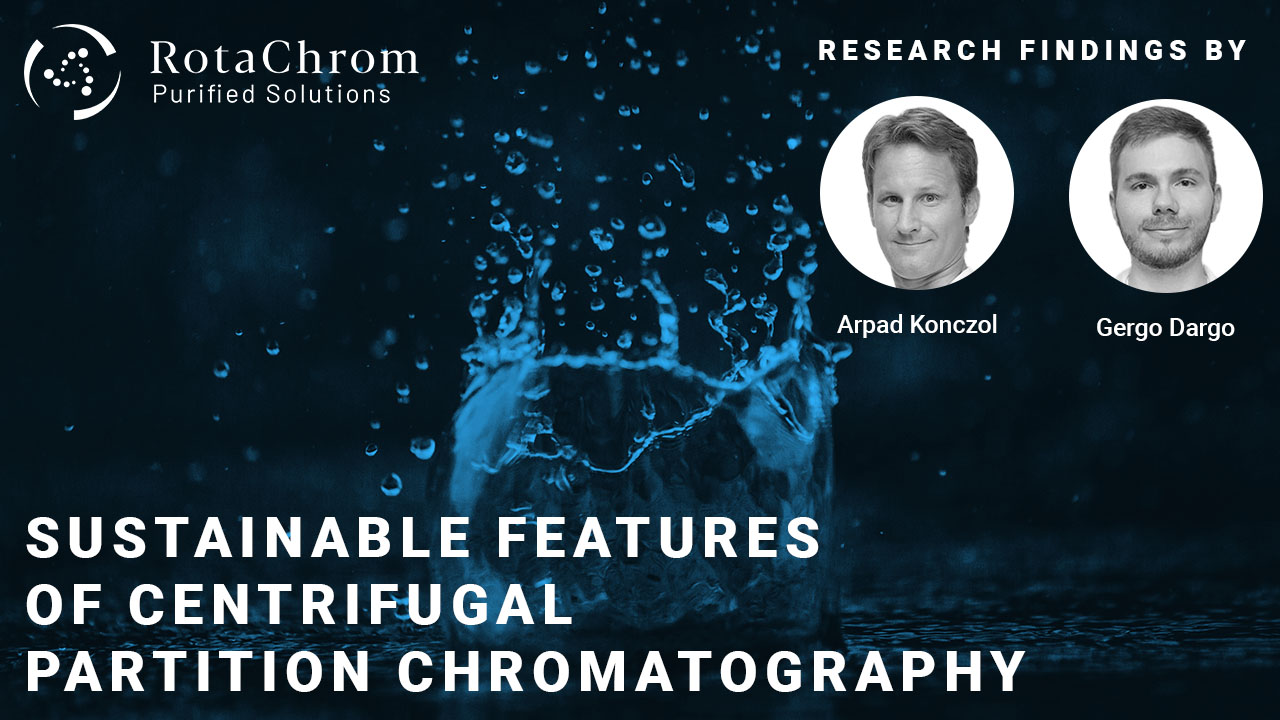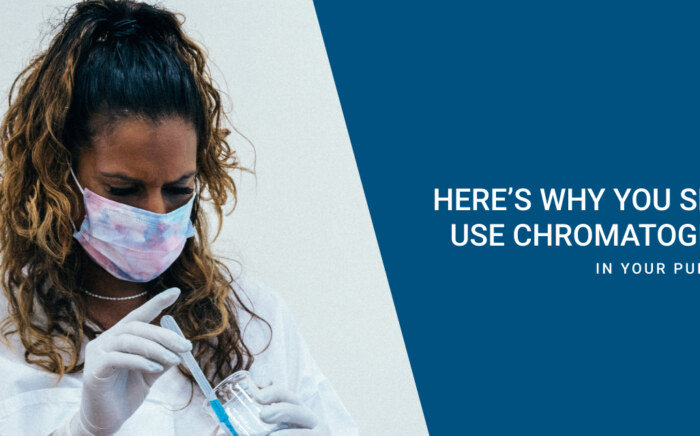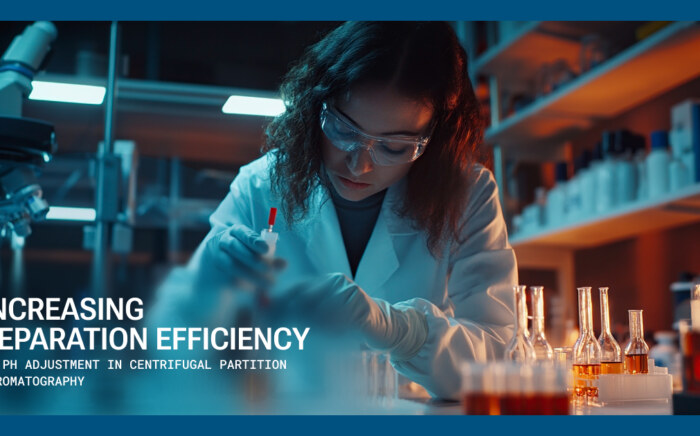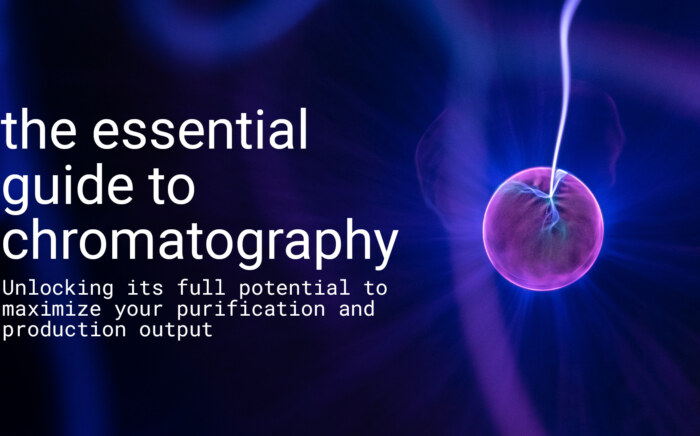Increasing separation efficiency by pH adjustment in Centrifugal Partition Chromatography
NewsSustainable Chromatography Research findings from Gergo Dargo and Arpad Konczol
RotaChrom scientists Gergo Dargo and Arpad Konczol were featured in a chapter in ‘Sustainable Separation Engineering: Materials, Techniques and Process Development, Volume 1’. Their study shows how Centrifugal Partition Chromatography may well be a top-candidate for developing sustainable chromatographic solutions.
During these last two decades, a trend began regarding the implementation of the principles of green chemistry and for the application of sustainable chromatography technologies in various areas of the chemical and biotechnological industries. There has been quite a lot of original research done in the field, but there is still tremendous work to be done if we want to build a healthier, renewing, and rejuvenating world for future generations.
Separation techniques are present in almost all of the manufacturing processes in the chemical industry: remediating impurities from raw materials and feed mixtures, recirculating solvents and unconverted reactants, isolating products for subsequent processing, and more all require some kind of separation techniques. Energy and time requirements for separation often exceed the amounts needed for chemical reactions.
All in all, novel, intensified, integrated, and more energy- efficient separation methods for a greener and more sustainable manufacturing processes are needed. This new publication in ‘Sustainable Separation Engineering: Materials, Techniques and Process Development, Volume 1’ aims to showcase Centrifugal Partition Chromatography as valuable and worthy separation technique that can be used in a greener way.
Centrifugal Partition Chromatography
Chromatography is an extremely widely used separation techniques in the chemical industry. It can be used for analysis, isolation, and purification goals, from scales that include just the identification of compounds to hundreds of kg’s of material processed to final products.
‘Sustainable chromatography’ may have been called an oxymoron, but more and more scientific publications regarding chromatography suggests that chromatography is very likely to remain a fundamental part of separation processes. Reducing the high solvent consumption of traditional chromatographic methods by solvent selection, reuse, and recycling, or the waste impact (e.g. silica gel) of flash chromatography is to be minimized by sustainable methods. A very promising, but less widespread solution is liquid–liquid chromatography.
Even though a trend toward greener solutions in separation techniques can be seen in the chemical industry, the number of articles focusing on green chemistry applications of Centrifugal Partition Chromatography (CPC) is still fairly low compared to all CPC-related publications. This means that more research is required to make CPC a widely known, green and sustainable technique.
More Sustainable Chromatography
The article explains many aspects which make Centrifugal Partition Chromatography a great example of greener and sustainable separation techniques. Using Liquid-Liquid Chromatography circumvents the issue of having to use a silica-based column and allows its users to choose renewable, green solvents instead of halogenated and petroleum-based ones.
Another touchpoint in the study is the recirculation of the solvent system. When designing a sustainable separation process, it is desirable to recycle most of the solvent as often as possible. CPC seems to be a promising candidate here as well, and there have already been advancements made in this field
What the future holds
CPC is a still-evolving technique. Because of the versatile nature of the technique and the many possible application areas where isolation, fractionation, and purification can be done with CPC, it could well become an attractive green and sustainable alternative to conventional separation processes.
“Besides the already mentioned improvements of the CPC instrument, other possible application fields are also worth mentioning where future developments may be expected. One of these areas could be the establishment of a CPC instrument capable of handling supercritical fluids (SF). Supercritical extraction (SCE) is often favored for the separation and purification of natural products, medicines, etc., as the extraction solvent needed for it eliminates the presence of toxic residues of organic solvents.”
If you’re interested in sustainable chromatography, or CPC in general, click here to learn more.
If you’d like to read the full study, click here to get access to the document.
Want to get in touch?
Fill in the form below so our representatives can contact you. We will also let you in on more information on our technology.



